New York photographer rediscovers forgotten archive of '80s Edinburgh street snaps
New York photographer Graham Macindoe is up there with the very best in the business, having exhibited work at major art galleries and captured portraits for a formidable roster of well-kent faces over the years, including Anthony Bordain, The White Stripes and Michael Jackson.
Wind the spool back 35 years, however, and we encounter a young punk fan from Broxburn studying painting at Edinburgh College of Art with little desire to pursue a career behind the lens.
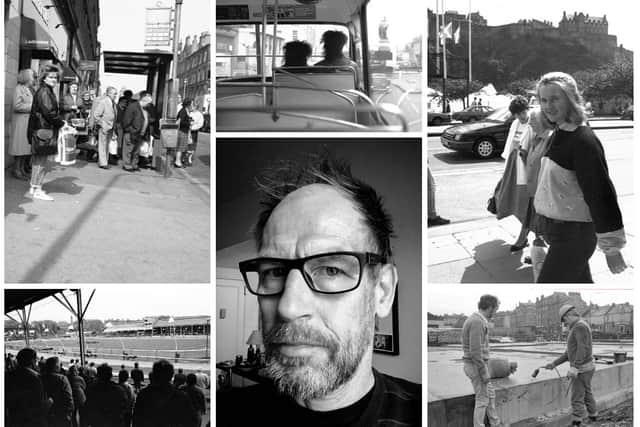

Advertisement
Hide AdAdvertisement
Hide AdThat all changed in the mid-eighties when Graham developed a serious passion for documenting street life around the Capital, creating intimate portraits of ordinary people at work, rest and play, including in the city’s neglected housing schemes and the economically bleak parts of Edinburgh that photographers "just didn't go".
Graham’s photos capture Auld Reekie deep in the throes of Thatcherism, with student grants cuts marchers contrasting neatly with snaps of young families enjoying the amusements at Portobello.
Some of the work can be easily categorised. There are several historically valuable shots showing workers at Bruce Waldie’s coal depot at Haymarket – now long gone.
And there are dozens showing bunnet-wearing men at a betting slip littered Powderhall Stadium. Graham visited the long-since demolished venue regularly with a friend for the dog racing.
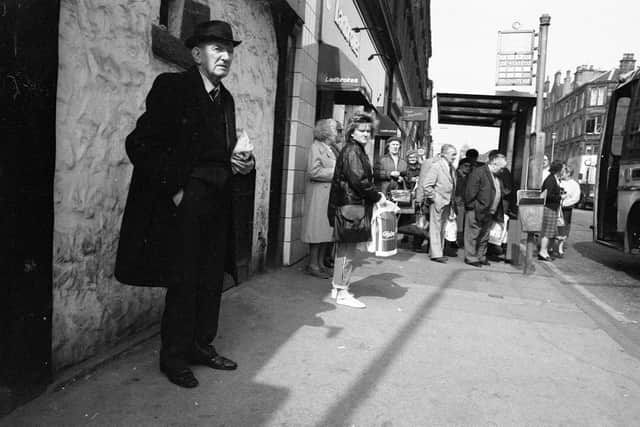

While the candid Edinburgh snaps would guide Graham away from painting towards a career as a photographer in America, the hundreds of black and white negatives he had accrued would end up squirrelled away in boxes for decades.
But recently the 57-year-old photography professor has taken a dust cloth to his forgotten archives and has started posting them in batches to the 40,000-strong Lost Edinburgh Facebook group where they have gone down a treat.
“I hadn’t thought of myself as a photographer," Graham told the Evening News, "I was just someone with a camera who took pictures."
“I’d sort of forgotten about all these. Nobody knew at that point there would be the internet and the ability to share on multiple types of platforms for all sorts of people to comment and engage with.”
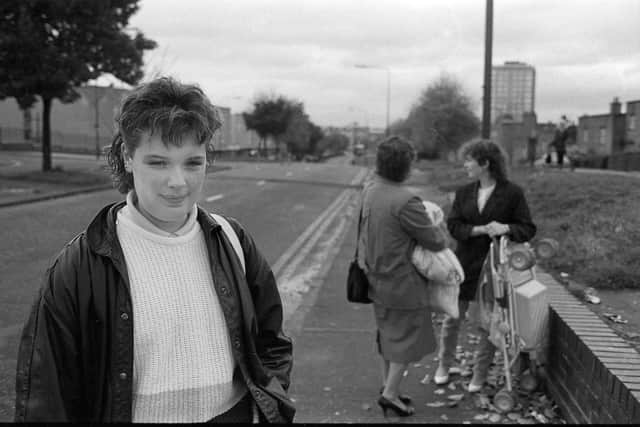

Advertisement
Hide AdAdvertisement
Hide AdThe archive's online rebirth has lent it a deeper and more personal meaning, with a growing number of group members recognising late family members, lost school friends and even their infant selves.
One woman identified her late father, blowtorch in hand, working on the foundations of St Leonard’s police station in 1985.
And a mum was over the moon to see her then 4-year-old daughter, now aged 38, pop up in a photo showing children eating a bag of sweets on Easter Road.
Graham says he is always receptive when folk get in touch to ask for photos of a loved one.
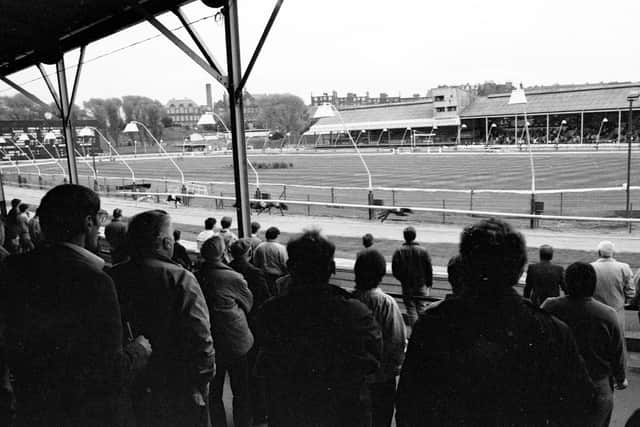

He explains: “I’ve been able to take a picture of someone they know, so the least I can do is give them a picture they can stick on their mantelpiece and remember that person beyond just a digital thing on a screen”.
The author admits the passing decades have dimmed his geographical knowledge of the city. This was perhaps best illustrated when Graham dared refer to Leith Walk’s northernmost extent as the “bottom” of Leith Walk. A platoon of keyboard warriors lined up to stick the “Foot” in.
“Foot o’ the Walk, Fit ay the Walk.. I forget the parochialisms of Edinburgh,” laughs Graham, “but it’s interesting when people recognise someone and you get this whole big stream of comments about who somebody was or who it wasnae, or where it was or where it wasnae. It reveals a lot of things I didn’t know when I took the photo.”
Now, having swapped Broxburn for Brooklyn, Graham's love for street photography persists. While keen to stress he is "not a photo journalist", he says the present coronavirus lockdown has awakened his urge to record the scenes around him.
Advertisement
Hide AdAdvertisement
Hide AdHe said: "It's funny looking through some of the old Edinburgh stuff, it's kinda influencing what I'm doing right now in New York, so it's kind of coming full circle a wee bit."
Graham's eventual hope, once lockdown measures are lifted, is for people to be able to interact with his collection in person.
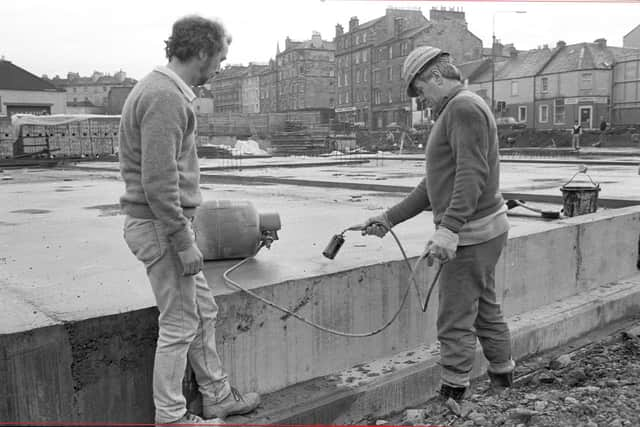

He added: “At some point, when all this stuff that’s going on just now comes to an end it would be nice to get an exhibition of them in Edinburgh somewhere.”
A message from the Editor:Thank you for reading this story on our website. While I have your attention, I also have an important request to make of you.With the coronavirus lockdown having a major impact on many of our advertisers - and consequently the revenue we receive - we are more reliant than ever on you taking out a digital subscription.Subscribe to scotsman.com and enjoy unlimited access to Scottish news and information online and on our app. With a digital subscription, you can read more than 5 articles, see fewer ads, enjoy faster load times, and get access to exclusive newsletters and content. Visit https://www.scotsman.com/subscriptions now to sign up.
Our journalism costs money and we rely on advertising, print and digital revenues to help to support them. By supporting us, we are able to support you in providing trusted, fact-checked content for this website.
Joy Yates
Editorial Director
Comments
Want to join the conversation? Please or to comment on this article.